How to plant and grow a goji berry bush
Planting goji berries for gardeners in our country has recently become of interest with the light hand of foreign colleagues. In fact, this plant has been known to us for a long time, only under a different name - common dereza. It grows in the Caucasus and Kuban, Ukraine, Primorye, as well as in Central Asia. Another type of this shrub, Chinese Dereza, is common in Tibet, in the Himalayas, in northwestern China. The two types of wolfberry have similar properties, so they were united by one name "goji" (goji is the English version of the name for wolfberry in Chinese dialect). The planting of the Chinese and common wolfberry, as well as the care for them, are similar, therefore we will consider them as one plant.
Description
Dereza is a deciduous shrub up to 3 m high. The crown grows very dense and wide enough (up to 6 m) without thinning and pruning. Its leaves are small, the branches are hanging and thorny. The roots are powerful, they give many root suckers.
An adult, well-groomed bush is quite decorative - during the flowering period, from June to October, it is strewn with small purple or violet flowers with a delicate aroma. Dereza is an excellent honey plant.
Small leaves are light green above, and glaucous below. Fruiting is uneven, from September to October, on the bush there can be ripe fruits, green berries, and blossoming flowers at the same time. Oblong fruits most often have an orange or red color (similar to a large sea buckthorn), they can be harvested from one bush up to 10 kg if from the very beginning the planting was carried out correctly and good care was provided.
Advice
Before buying seedlings "from hand", study the description and characteristics of a young bush so as not to confuse it with barberry bushes. Try to buy seedlings from trusted people or garden nurseries.
Despite the positive qualities of goji fruits, they should be eaten with care. They are advertised all over the world as a "Tibetan healer" or "a cure for all diseases", and each drug has contraindications and side effects. The same happens with the wolfberry plant.
- Firstly, people may have contraindications to the use of its fruits.
- Secondly, unripe fresh berries of this plant can cause poisoning, it is even recommended to collect them with gloves. You can only eat ripe dried fruits that taste like raisins.
- Thirdly, a large portion in an unaccustomed person can cause kidney problems (this is especially true for those who want to lose weight quickly). You do not need to eat more than 30 g of dried fruits per day.
Advice
Forbid children to uncontrollably eat goji fruits, especially unripe berries from the bush. For such a plant as wolfberry, the people have the name "wolfberry".
For the treatment of people, not only fruits are used, but also the bark of the roots, from which decoctions are made, as well as leaves for making invigorating teas. Goji berry treatment can only be started after consulting a doctor!
Bush propagation
The easiest way to buy a seedling is to buy it. The same method is the most expensive one. But an already acquired and fruiting bush can be propagated by yourself both to expand your own garden, and as a gift to your gardening friends.
How does goji berry propagate?
- Growing from seeds. Dereza vulgaris, like Chinese, has small seeds in a thin shell. Their germination is very good even without preliminary preparation (dressing, scarification, etc.). Seeds are extracted from the ripe berries, soaked for 2 hours in a growth stimulator ("Zircon", "Epin"). One berry contains up to 30 seeds.Planting is carried out superficially in moist, loose soil, for example, in a mixture of peat and loam (1: 2). It is advisable to create a mini-greenhouse above the container with the planted seeds, that is, cover the container with glass, film or a cut-off plastic bottle. The soil is constantly kept moist, but short-term ventilation should be arranged regularly. At room temperature, most seeds emerge after 2 weeks. Further care is as follows: after the appearance of a real leaf at the seedlings, they are seated in separate pots or cups 6-8 cm deep. To ensure the density of the future bush, you need to pinch the top of a young seedling. Growing from seed is only applicable to regular goji varieties, not hybrid varieties.
- Rooting of shoot tops or lower branches. Held in early summer. The top of the shoot or a suitable lower branch is placed in the groove, pinned with a slingshot, and covered with earth. By the end of summer, young shoots will be visible at the groove site. In the fall, the mother branch leading to the young plant is cut, and it can be planted in its permanent place in the spring.
- Transfer of root suckers to a new location.
- Cuttings. In this way, hybrid varieties of berries can also be propagated. In July-August, semi-lignified cuttings about 10 cm long are cut, the lower oblique cut should be immediately dipped in a root former ("Kornevin"). Rooting will last until spring in a cool place, such as on an insulated balcony.
Landing
The optimal time for planting goji berry seedlings is spring, since autumn planting leads a fragile bush to freeze in the winter cold, although an adult plant can withstand frosts down to -30 ° C. In a sunny place, at a distance of at least 1.5 m from each other or from other plants, planting holes are dug 60 by 40 cm.The hole is filled with a ready-made mixture for fruit bushes or they prepare it yourself: earth (10 kg) + humus (10 kg ) + double superphosphate (200 g) + potassium sulfate (40 g) or a glass of ash. The root collar can be slightly deepened during planting. Do not forget to immediately install a support or trellis for a young seedling: in the first years of growth, it has very fragile and thin shoots, and without support they will simply begin to creep along the ground. The planted bush is abundantly watered and mulched with peat. Proper care within three years after planting guarantees the first harvest.
Advice
Plant several bushes at once (at least two), as the wolfberry is a cross-pollinated plant.
Care
Growing goji is not difficult, but rewarding. A good harvest of healthy fruits will pay off the necessary care for goji berries, which consists of watering, weeding, pruning and protecting from pests.
Top dressing is required only for those plants that are grown at home, while it is worth alternating mineral and organic fertilizers.
Shelter for the winter is required only for young seedlings. If frosts are expected in your region, then cover the bush with spruce branches. Adult bushes do not cover.
Dereza does not like strong humidity, even in dry summers it is watered no more than twice a week. The soil in the near-stem circle must be periodically loosened, weeds must be removed in a timely manner.
If the tree is not pruned, it can grow above 3 m, while its berries will be small and it will be inconvenient to collect them. Growing a small, but spreading bush produces larger berries, moreover, it does not create problems with picking berries, pruning or spraying. The shrub tolerates pruning very well. In ornamental gardening, it can even be trimmed with mechanical hedge trimmers. For some experimental gardeners, dereza grows in the form of a standard tree, but this requires painstaking pruning and careful care.
As goji berries have recently become popular, breeders are launching new hybrid varieties to the market that are more hardy and resistant to disease.
Dereza is sometimes affected by aphids. In the fight against this pest, the bushes are sprayed with an infusion of wormwood, and in case of a massive attack by aphids, special chemicals are used.
Drying of harvested berries
Only ripe berries are harvested from this plant, only dried fruits are eaten! The ripeness of fresh berries is determined by the color saturation inherent in this variety. A piece of cloth or film is spread under the bush, they work with gloves. Ripe berries are knocked down on a litter, dried in the shade. The stem is removed from dried berries. The end of the drying process is determined by peeling the skin. Do not use ovens or preservatives when drying fruits!
From all of the above, the following conclusion can be drawn. Dereza, or goji berry, is an unpretentious plant, caring for it is simple. Its berries, no doubt, contain a lot of nutrients, but still they need to be eaten with care. The only way to consume berries is in dried form, and before using them as a medicine, you should definitely consult your doctor.
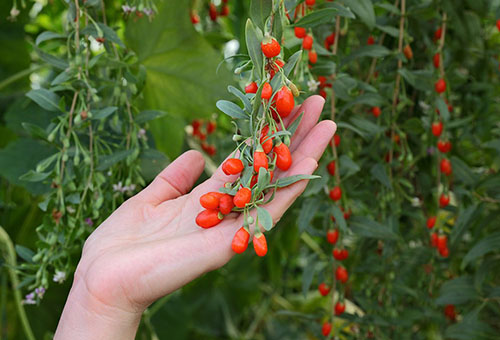
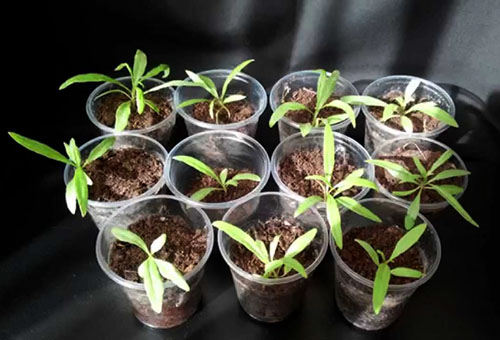

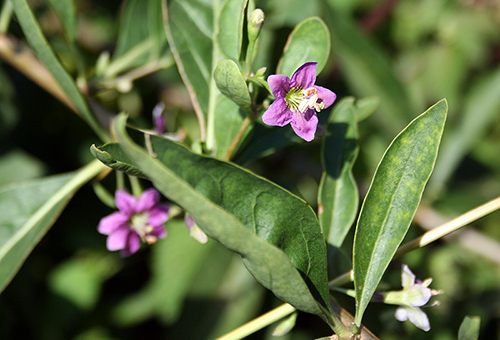
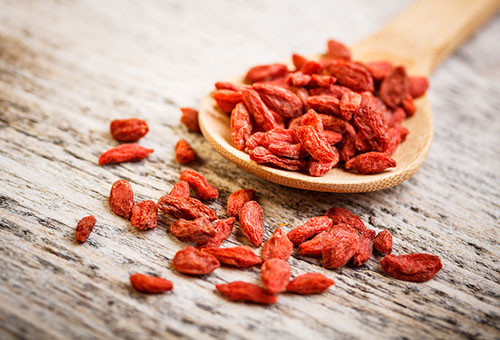
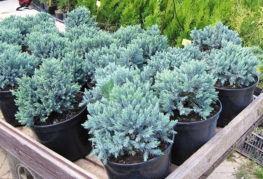

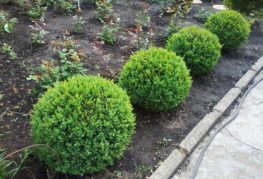
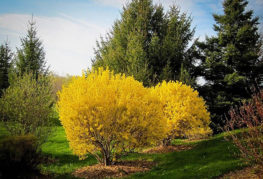
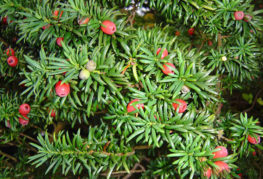
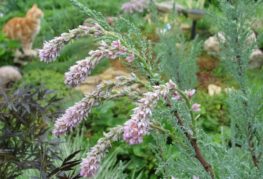
and will be published shortly.